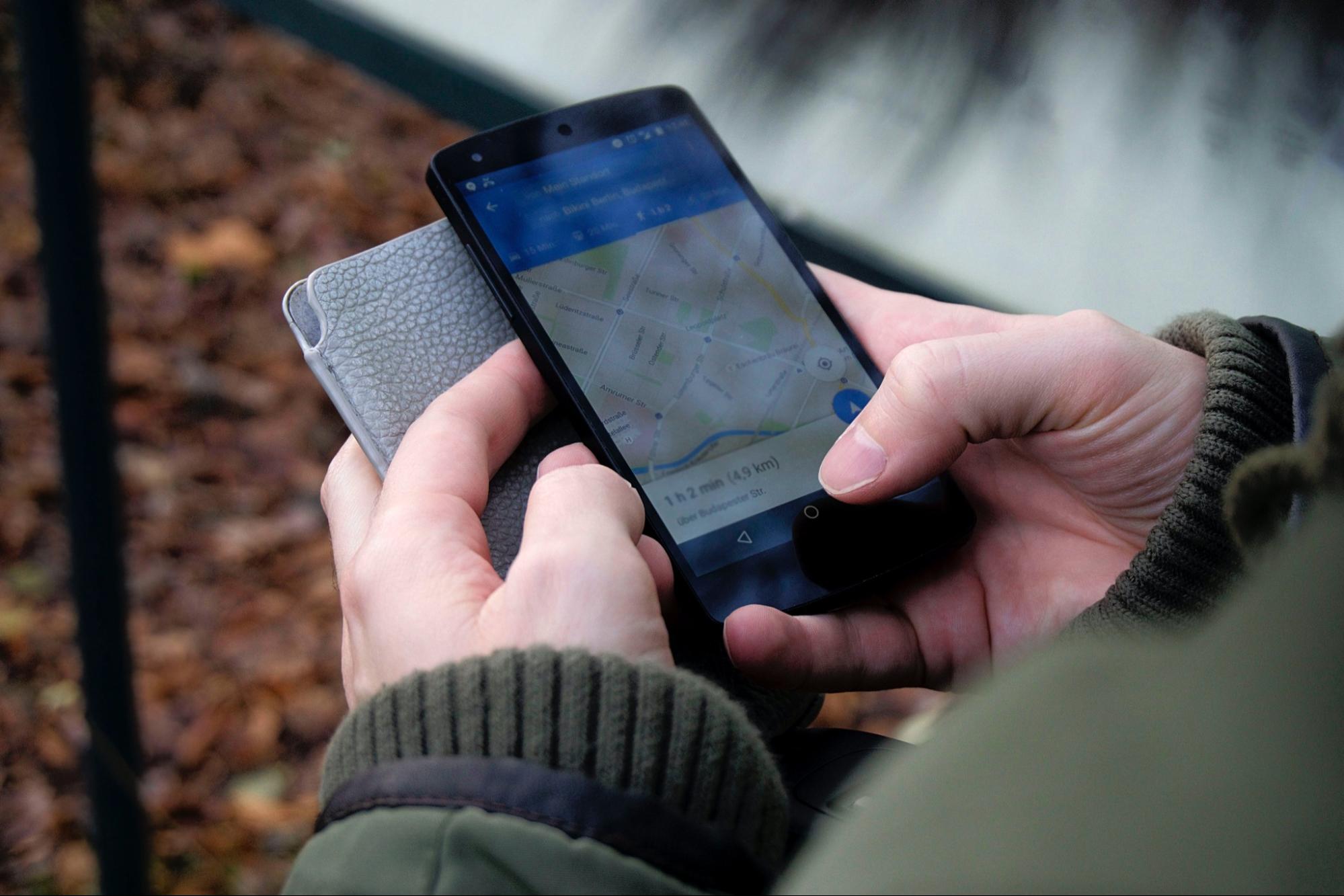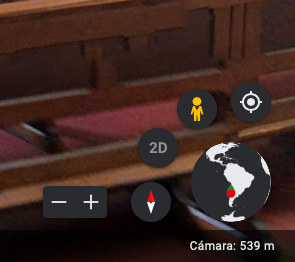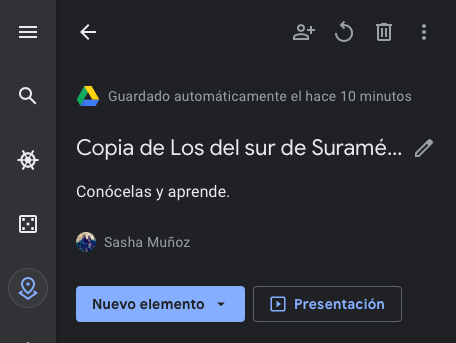The 4 Google Earth features nobody told you about
All journalists must respond to the 5W, better known as the what, who, where, when, and why. Google Earth helps to answer the 'where.’
Available in:

By Sasha Muñoz Vergara. Published: July, 2021
Google Earth is a program that allows you to travel around the planet through satellite images, plans, maps, and 3D photographs. It’s an opportunity to observe the Earth dazzlingly and a tool of great value for journalism. You can also access Google Earth Studio (only accessible to media and journalists requesting access from a GSuite or Gmail).
We want to share with you 4 features of Google Earth that can help you in your journalistic work.
1. Google Earth Timelapse
This tool combines more than 40 years of satellite images of the planet, both historical and current. As a planetary-scale platform for environmental data analysis, it is a valuable tool if your research is, for example, on climate change.
Timelapse creates a cloud-free interactive view that shows the changes in global land cover over 32 years.
2. Google Street View
You can activate Google Street View by clicking on the doll icon in Google Earth, dragging it to the area you want, and the tool will take you to a 3D view of the location, which you can navigate by dragging the screen with the hand tool. Street View is helpful when you need a “before” image of a place. For example, when an event .that involves a change in the structure of a place, such as a fire or a collapse, occurred.
Next to the Google Street View doll icon, another button allows us to go directly to the Google Earth view of our current location. We must, however, allow access to our location beforehand.

3. Projects in Google Earth
This tool allows you to create collaborative projects. You can access it by clicking on the ‘pin’ icon in the left bar of Google Earth.
It is handy when more than one person is working on the same project. Each collaborator can edit the map by creating layers to which they assign a place, photo, video, or text, as preferred. In addition, you can download the project in KML (KML is an XML-based markup language for representing geographic data in three dimensions).


4. Voyager
This tool allows you to select a theme and then “start a voyage” on it. It sounds unusual, but you have to try it.
The themes offered by the application -and created by collaborators- include travel, nature, culture, sports, history, education, editor’s picks, and layers. Google Earth will propose a series of “trips” for the selected theme, and just by clicking on one of them, you will start the adventure.
This tool is useful when it comes to accessing accurate and quick information about a place. This visualization created by Barry Joshua Grisdale, for example, shows accessible sites for people with reduced mobility in Tokyo.

These are some of the features that Google Earth has that can help you in your research.
If you want to visualize and connect data and maps, Datasketch offers other tools to facilitate your journalistic work, which you can discover at https://www.datasketch.co




